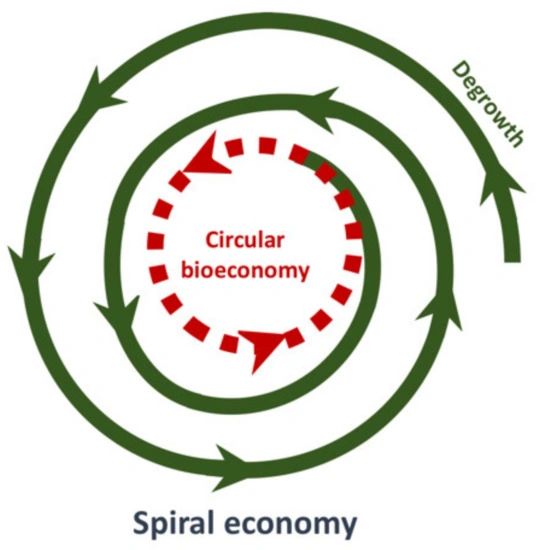In the last millennium, the conversation around sustainable development and climate change has become front and centre. As such, there are several solutions that have come up in different sectors to combat climate change and imagine what a post-climate solutions world looks like. Whether it be Solar Punk, an artistic and literary movement, or Green Capitalism, which sees the world go on as normal except everything is cleaner and greener, it is worth looking at some of the proposed solutions to this existential threat that we are currently living in.
- Solar Punk
While not exactly a solution to climate change, solar punk is an artistic and literary movement that imagines what a post-climate change world might look like, if we moved to solutions and not doomsday. Here we see a focus on culture and community, alongside technological solutions and sustainable lifestyles. The focus is on the well-being of people, and the economic system is more of a reciprocal gift-based system than a monetary exchange, based on ideas such as working for the community’s good. While there are criticisms, such as how not all communities are healthy spaces or how such economic systems will be increasingly local, solar punk has become a dominant idea in climate circles, with its own manifesto, opposing ideas such as green capitalism.

- Green Capitalism and Techno-dependence
Seeing how solar Punk can’t be applied on a globalized economy, we are looking at other solutions in the market and on the opposite end of solar Punk is Green Capitalism where we rely on clean technology, sustainable shopping, and technological breakthroughs to battle climate change. While this certainly has a place in the way forward, especially individual solutions like voting with our wallets when viable, many have pointed out that both voting with our wallets and green capitalism have major flaws. Such technology might not be marketable or reach everyone in time. There is also the fear that greenwashing will increase and worse if people don’t change their excessive consumption in places like the 1% ‘s America, then the idea of decoupling emissions from growth might fail. Which is why, the next movement has gained prominence, despite not getting support from authors and scholars like Hannah Ritchie, PhD.
Also check:- Indian Stock Market Update
- Degrowth, Under-consumption, and Sustainable Lifestyles
Degrowth essentially talks about a world where we don’t look at ever increasing profit margins but instead focus on quality of life. Here, we aren’t relying simply on green technology to ensure life goes the way it has since capitalism but actively make the effort to ensure people’s quality of life is front and center, focusing on leisure time and gaining of happiness over material acquisition.
- Circular Economy
A common solution many are adopting is a circular economy where instead of the pipeline of extracting of raw materials, use of the products, and disposal in the environment of toxic waste and unusable items we take the raw materials from the items that have served their purpose. It relies on the principles of reduce and recycle, promoting upcycling, recycling, reusing, repurposing, and more to extend the life span of a product, and ensure less waste is produced. Since what would have been waste becomes raw material for another item, we are also extracting less.

While there are many other solutions in different sectors, such as urban and vertical farming, or a gradual global transition to a mostly plant-based lifestyle, or reaching net-zero and the socialist solutions to climate change shared by Our Changing Climate, there is no denying systemic modifications or changes, healthy, sustainable lifestyles, and innovations all need to be coupled together to come up with numerous solutions to our climate problems. Such solutions need to be ones that can be tailored to the geographies, resources, cultures and needs of countries and people.
To hear more about climate change and sustainability, alongside other global news, stay tuned to NB News.

